Is the Bird Flu Threat Still Real and Are We Prepared? (Video)
<TABLE class=author-table cellSpacing=0 cellPadding=0 border=0><TBODY><TR><TH>Speakers: </TH><TD>Bruce Gellin, Director, National Vaccine Program Office, Office of Public Health and Science, Office of the Assistant Secretary for Health, U.S. Department of Health and Human Services</TD></TR><TR><TH></TH><TD>Michael T. Osterholm, Director, Center for Infectious Disease Research and Policy; Professor, School of Public Health, University of Minnesota; Author, "Unprepared for a Pandemic" (Foreign Affairs, March/April 2007)</TD></TR><TR><TH>Presider: </TH><TD>Laurie Garrett, Senior Fellow for Global Health, Council on Foreign Relations</TD></TR></TBODY></TABLE>
April 12, 2007
<TABLE class=author-table cellSpacing=0 cellPadding=0 border=0><TBODY><TR><TH>Speakers: </TH><TD>Bruce Gellin, Director, National Vaccine Program Office, Office of Public Health and Science, Office of the Assistant Secretary for Health, U.S. Department of Health and Human Services</TD></TR><TR><TH></TH><TD>Michael T. Osterholm, Director, Center for Infectious Disease Research and Policy; Professor, School of Public Health, University of Minnesota; Author, "Unprepared for a Pandemic" (Foreign Affairs, March/April 2007)</TD></TR><TR><TH>Presider: </TH><TD>Laurie Garrett, Senior Fellow for Global Health, Council on Foreign Relations</TD></TR></TBODY></TABLE>
April 12, 2007

Comment